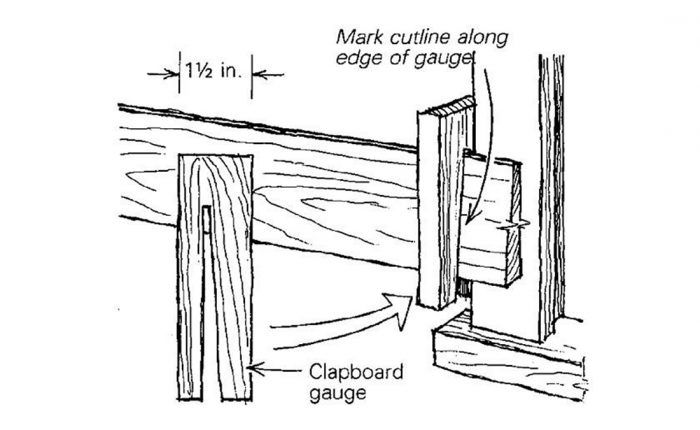
The marking device shown in the drawing is used to establish cutlines for clapboards where they abut trim pieces. I find it to be especially handy for recladding old houses where the casings and cornerboards aren’t plumb.
I make the gauge from a scrap of 3/4-in. thick pine, 1-1/2 in. wide. The slot in the center of the gauge should fit the profile of your clapboards just tightly enough to hold a clapboard in place.
To use the gauge, hold your clapboard with the end to be cut running by the casing, and slip the gauge over the clapboard. Press the gauge tightly against the casing, and scribe along the edge of the gauge. Cut along the line, and the clapboard will fit tightly against the trim board.
—Duke York, Willimantic, CT
Edited and illustrated by Charles Miller
From Fine Homebuilding #40







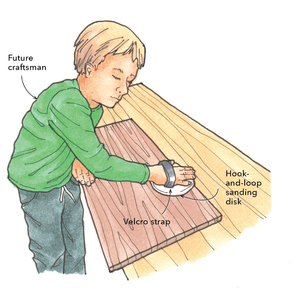







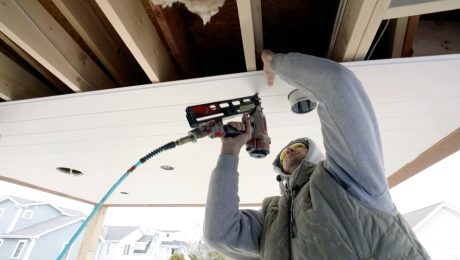


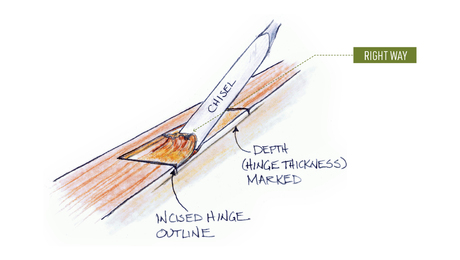
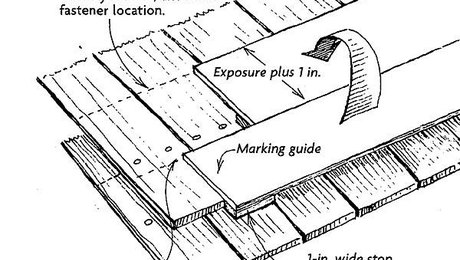










View Comments
I wouldn't think that you would want the clapboard to be a real tight fit because we all know the houses breathe, need room to expand and contract.
When using it with concrete composition clapboard, pad out the gauge with a 1/4" strip of plywood on the rear leg that abuts the trim so you end up with a 1/4" gap for the recommended caulking.
The common name for this tool is "preacher" because it always tells the truth. But as both commenters mentioned, you do need to fudge the truth a bit to allow room for expansion and for caulk.